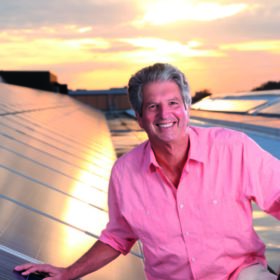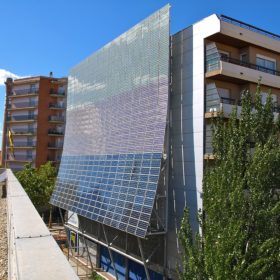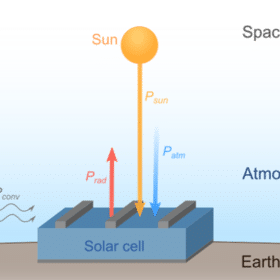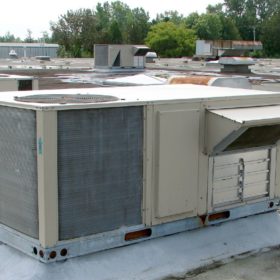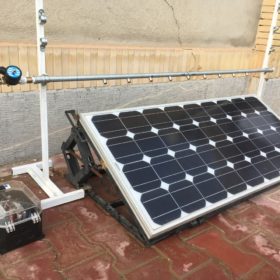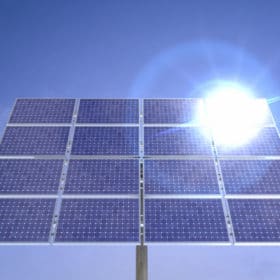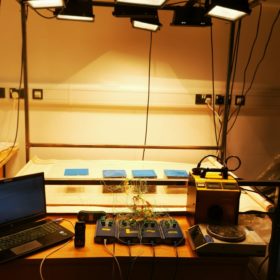Vortex generators and glass texturing for solar module cooling
New research from Australia has shown that vortex generators and glass texturing have so far proved to be the most effective solutions among the novel methods explored for lowering the temperature of solar panels.
PCM-based passive cooling for BIPV systems
Indian scientists tested four kinds of phase change materials (PCMs) for solar module cooling in building-integrated photovoltaics. The PCMs were encapsulated with the PV system and the building envelopes and were also found to be beneficial to the thermal comfort inside the buildings.
Cooling PV modules with radiative sky cooling
French scientists have proposed the use of radiative sky cooling as a passive cooling technique to cut PV module temperatures by 10 C. They claim the method could improve performance by more than 5 W/m2.
Cooling PV panels with HVAC system exhaust
A French-Lebanese research group has proposed a way to cool down PV modules by using air exhausted from heating, ventilation, and air conditioning (HVAC) systems. They showed that array performance improves when the cooling load rises.
Pulsating spray cooling system for PV modules
Iranian scientists have assessed a new active approach for solar module cooling based on water spraying. Water sprayed from different angles can reduce the operating temperature of PV modules, with limited water consumption. However, the team noted that they have yet to assess the economic viability of the system.
Cooling PV panels with shallow geothermal energy
Iraqi researchers have demonstrated the technical and economical feasibility of using shallow geothermal energy to cool PV systems. They tested two different techniques – a closed-loop system and an open-cycle system – to reduce power losses from 30% to up to 4.1%.
Cooling PV panels with seawater
An Anglo-Egyptian research group has developed a passive cooling method based on saturated activated alumina, with saline water as a cooling agent.
Cooling PV modules with passive technique based on finned heat sink
A Pakistani research team has assessed the performance of a passive heat sink cooling technique in two different configurations: one using rectangular fins and one based on circular fins. The rectangular configuration was the best in terms of heat rejection. Modules mounted with this solution had a 6 C lower temperature than modules without cooling systems.
